Fractions, decimals and percentages
Introducing fractions
Fractions are a way of expressing parts of a whole or equal parts of an amount. The number on top is the numerator and shows the number of parts you are dealing with. The number on the bottom is the denominator and shows the total number of equal parts that something has been divided into.
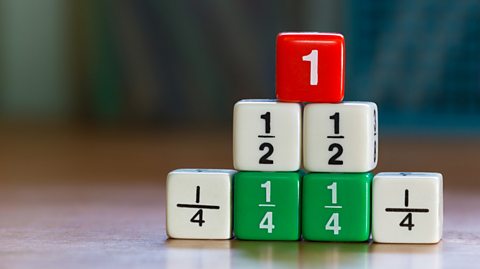
Equivalent fractions
Fractions are calculations involving a portion of a quantity, shape or object. Equivalent fractions allow cancelling (also known as simplifying) to simplest form.
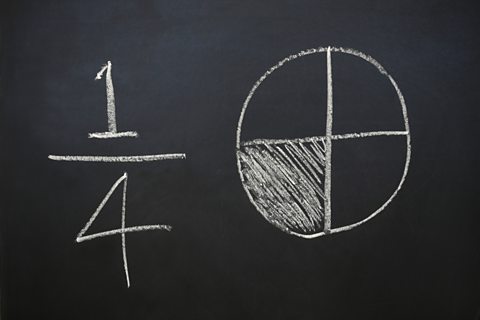
Mixed numbers and improper fractions
Mixed numbers are made up of a whole number and a fraction. Any whole number can be written as a fraction where the numerator is a multiple of the denominator. So a mixed number can also be written as an improper fractions where the numerator is bigger than the denominator.

How to add and subtract fractions
Adding and subtracting can be applied to mixed number fractions. Each has its own method that helps make sure the numerator and denominator are treated correctly.
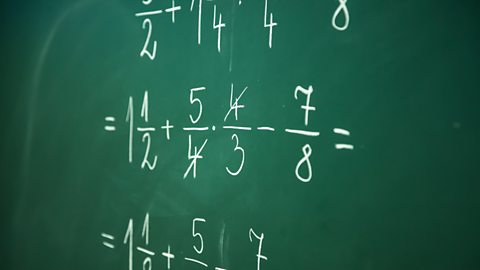
Introduction to percentages
Per cent means 'per 100'. If 70 per cent of the population own a pet, this means that 70 out of every hundred people own a pet. The symbol % means 'per cent'.
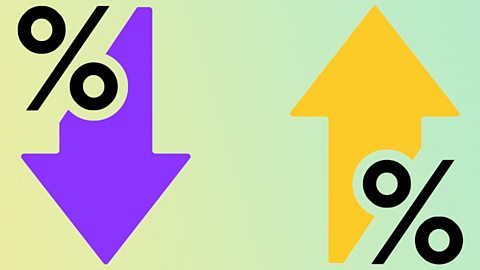
Calculating fractions and percentages
Calculating a fraction of a number can be done by multiplying by the numerator (top number) and dividing by the denominator (bottom number). Percentages can be worked out by multiplying by the percentage and dividing by one hundred.
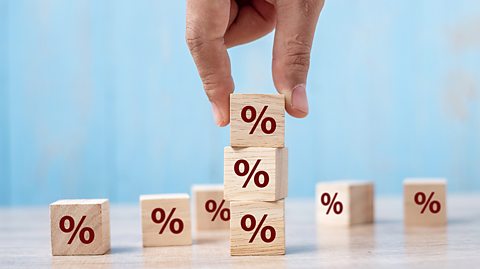
Calculating percentage changes
When a quantity is increased or decreased by a percentage, you can calculate how much it has changed by and what the new amount is. You can also work backwards from a final number to find the original quantity (100%).

Ratios
Ratios are usually written in the form a:b and are used to compare quantities which are measured in the same units. Given a ratio, quantities can be calculated and are in direct proportion when they increase or decrease.
